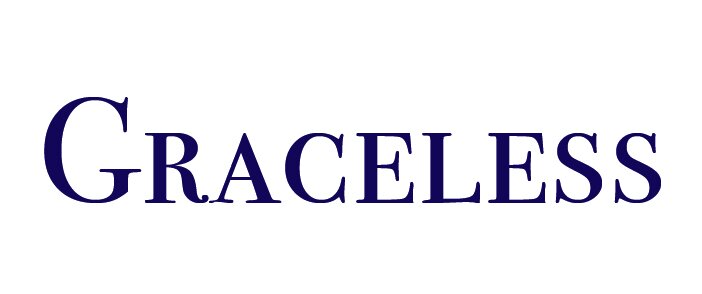Honoring the Autonomy of Others
As we crossed the hot African plains and approached the remote school, my heart sank. Litter was scattered throughout the grass. Broken glass was visible on the ground, with shards still in the frame. And the exterior walls were blank, instead of filled with mathematical and scientific images. The classroom interiors echoed the exterior - litter on the floor, empty walls, and an idle blackboard in the corner. This school, although sorely “needed,” was neglected. It didn’t matter that an international NGO had invested thousands of dollars constructing a new building and providing furnishings and equipment - none of these things were being used or adequately valued.This is a heartbreakingly common occurrence in international development. A project is identified, the need assessed, the building funded and constructed, then handed over to the local community, and then ... neglected. Sustainability refers to the ability to provide a certain level of functionality over a useful life. These projects are clearly “unsustainable.” Anger with the local population is a common, human response to the waste of resources. And fruitless power struggles occasionally emerge as the NGO tries to force the community to better use the project.I have come to believe that blaming the community is a bit of a scapegoat. Incomplete. It is true that the school is underutilized and undervalued. And, I would argue, this is the prerogative and responsibility of the community. Autonomy is the right of every human being on the planet. Because of this, an unsustainable school is also the responsibility of the NGO—perhaps a sign of poor upfront vetting of the community’s motivation and investment.The root problem was that constructing this school had become more important to the NGO than to the local community. The need was compelling - which was why it had been built - but it was unmatched by a commensurate motivation within the community to value and use it responsibly. The vetting process had, probably unknowingly, prioritized “helping them” over listening and looking for an equal partner. This, too, was a common motivation: to feel sorry for a community, pity their poor environment, and want to solve their problems for them. What results is ultimately harmful, disempowering development where things are done for communities instead of with communities.Sustainability is complex, and there are many other variables that influence it. But the core lesson that day was, “it can never be more important to us than it is to them.” This realization resulted in changing our process to spend more time upfront assessing motivation over launching construction. This lengthened the upfront planning process but fostered a co-creation among equal partners, with each bringing forth their unique contribution and each taking responsibility for their part. Roles and responsibilities were clearly assigned at the outset, and each held the other accountable for their milestone contributions. Some projects were postponed until this agreement was reached, or removed altogether after this lens was applied. But the shift was immensely gratifying to all involved, and shifted sustainability to be a shared responsibility among partners. The result was more sustainable and impactful projects.While this lesson was learned in rural Ethiopia, it has translated to numerous places within my life, particularly parenting. My children are in 7th and 5th grade. They are experimenting with their independence, growing into more personal responsibility and autonomy. Yesterday my son didn’t eat lunch at school. His poor lunch habits are a trigger for me. I want him to fuel his body with high quality food. He wants to eat macaroni and cheese and ice cream. And, after working for 13 years in development, I also want him to not waste food. He and I have reached a point where his consumption is more important to me than it is to him. My desire is no match for his autonomy, and I can’t force him to change his behavior without a power struggle…or, ultimately, at all. It is time for me to let this go and honor his autonomy.So I took this approach yesterday: after sharing that he didn’t eat lunch, I expressed frustration but told him that it wasn’t about him not eating - he is responsible for his own body, was clearly thriving, and had the resources to do something about it if he wasn’t - but that I didn’t like him wasting food. To my surprise, he quietly told me that he didn’t like to waste food either. And that’s where it ended. Peacefully, with my feet and heart squarely in my own sandbox of power, not stepping into his. Parents with older children tell me that this is the path of parenthood—to steadily transfer more autonomy and responsibility to the child as their will and autonomy dictates. But knowing what and when to hand over is not always clear. Perhaps the combination of something being more important to me versus the other person’s autonomy points to the path, while also actively modeling what a healthy partnership looks like: two aligned and motivated forces that come together to co-create, with respect for the contribution and autonomy of each. And to release anything that is not aligned. I don’t know. Perhaps this is too simple. But I do know that the opposite doesn’t work either. And that investments in which I feel the greatest flow, the greatest connection, the greatest freedom, ultimately begin on a foundation of shared motivation, with each co-creating and bringing their respective parts. Respecting the autonomy of each. Collaborating when it serves both, honoring - but walking away - when it doesn’t.

